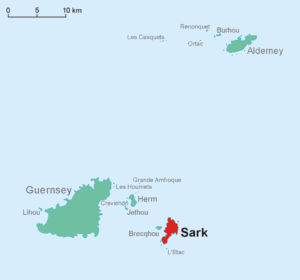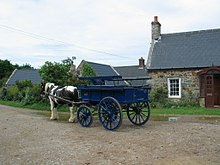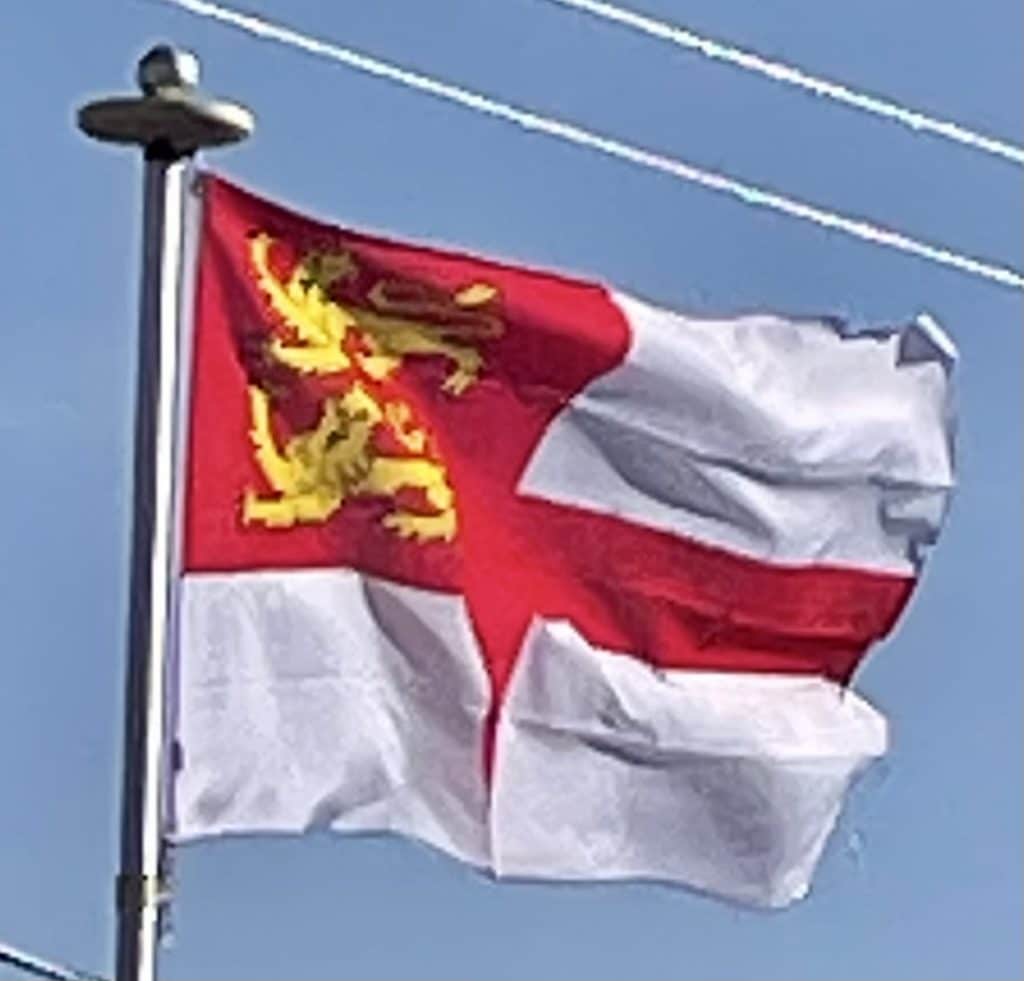Introduction:
Sark is a part of the Channel Islands in the southwestern English Channel, off the coast of Normandy, France. It is a royal fief, which forms part of the Bailiwick of Guernsey, with its own set of laws based on Norman law and its own parliament. It has a population of about 500. Sark (including the nearby island of Brecqhou) has an area of 2.10 square miles (5.44 km2). Little Sark is a peninsula joined by a natural but high and very narrow isthmus to the rest of Sark.

Sark is one of the few remaining places in the world where cars are banned from roads and only tractors and horse-drawn vehicles are allowed.[4] In 2011, Sark was designated as a Dark Sky Community and the first Dark Sky Island in the world.
History:
Early history:
In ancient times, Sark was almost certainly occupied by the Unelli, the Gallic tribe of the Cotentin Peninsula. These people were conquered by Julius Caesar of the Roman Empire about 56 BC in the Gallic Wars. About three decades later under Augustus, Gallia Celtica was subdivided into three parts, with this area a part of Gallia Lugdunensis, with its capital in Lugdunum, now Lyon. A later division was named Lugdunensis secunda (Lyonnaise 2nd). A Unelli town, now Coutances, was named Constantia in 298 by the Roman emperor Constantius Chlorus.
Around 430, the bishopric of Coutances (much later under the archbishopric of Rouen), was established in Coutances, having about the same limits as the Lyonnaise 2nd.
In 933, Sark was included in the Duchy of Normandy, based on the traditional boundaries of the Lugdunensis secunda and the archbishopric of Rouen. Following the Norman conquest of England in 1066, the island was united with the Crown of England. In the thirteenth century, the French pirate Eustace the Monk, having served King John, used Sark as a base of operations.

During the Middle Ages, the island was populated by monastic communities. By the 16th century, however, the island was uninhabited and used by pirates as a refuge and base. In 1565, Helier de Carteret, Seigneur of St. Ouen in Jersey, received letters patent from Queen Elizabeth I granting him Sark as a fief in perpetuity on condition that he kept the island free of pirates and occupied by at least forty men who were of her English subjects or swore allegiance to the Crown. This he duly did, leasing 40 parcels of land (known as “Tenements”) at a low rent to forty families, mostly from St. Ouen, on condition that a house be built and maintained on each parcel and that “the Tenant” provide one man, armed with a musket, for the defense of the island. The 40 tenements survive to this day, albeit with minor boundary changes. A subsequent attempt by the families to endow a constitution under a bailiff, as in Jersey, was stopped by the Guernsey authorities who resented any attempt to wrest Sark from their bailiwick.
Recent history:
In 1844, desperate for funds to continue the operation of the silver mine on the island, the incumbent Seigneur, Ernest le Pelley, obtained Crown permission to mortgage Sark’s fief to local privateer John Allaire. After the company running the mine went bankrupt, le Pelley was unable to keep up the mortgage payments and, in 1849, his son Pierre Carey le Pelley, the new Seigneur, was forced to sell the fief to Marie Collings for a total of £1,383 (£6,000 less the sum borrowed and an accumulated interest of £616 and 13s).
